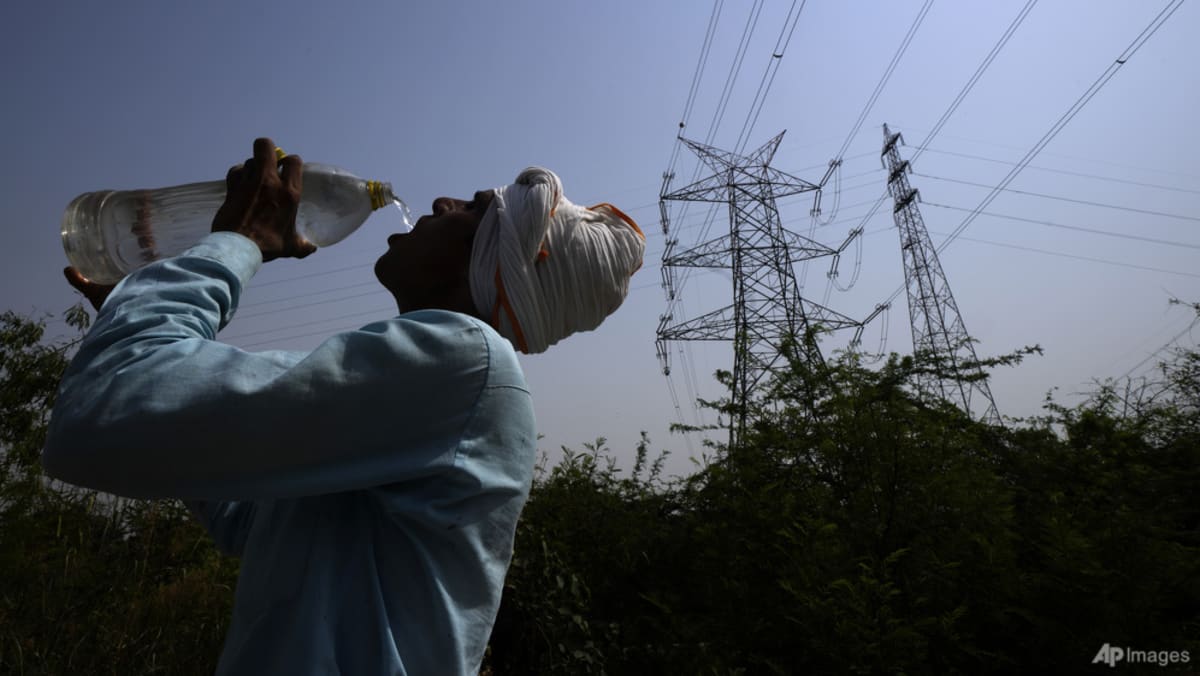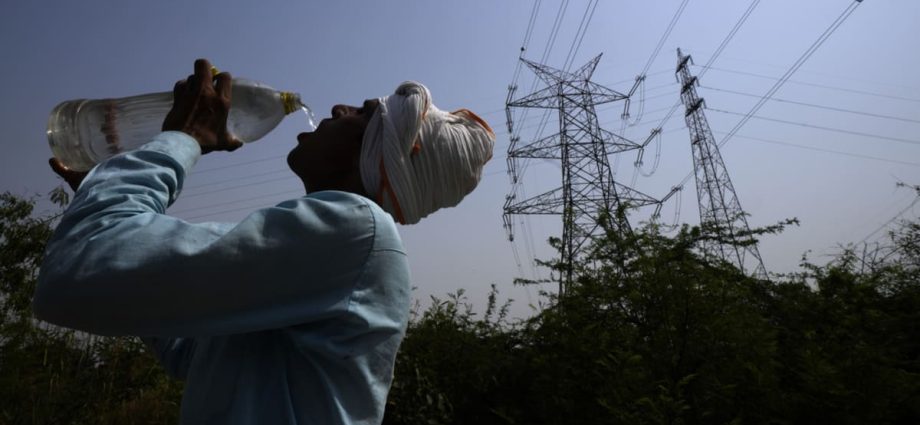
The figure is an estimate based on media reporting cited in one of the first studies to measure the influence of climate change on the disaster. That study admits the two-digit number is likely an underestimate: In the city of Ahmedabad alone, a 2010 heatwave resulted in 1,344 heat-related deaths. So far, however, it’s the closest we’ve got to a figure.
The COVID-19 pandemic gives an insight into why better numbers are lacking. Most deaths have multiple causes. When one is a novel and politicised event such as an epidemic or heatwave, people may tend to either overplay or downplay this factor.
When a 65-year-old with angina has a heart attack on a day when the temperature touched 45 degree Celsius, did they die of heat or heart disease?
That can lead to distorted figures. China changed its standard for attributing coronavirus infection and pressured doctors to name other issues during its outbreak last year, in each case serving to suppress reported mortality.
A common solution to that problem is looking at excess deaths – comparing recorded fatalities with the number you’d expect in a typical year to iron out the effects of reporting bias. One excess-deaths study last year found that as many as 4.9 million people in India had died during the first 18 months of the COVID-19 pandemic, compared to the 412,000 officially recorded COVID-19 deaths.
TOO MANY UNRECORDED DEATHS
Even that approach may be inadequate in India, however, because the most basic data on mortality is too patchy. Nationwide, roughly 8 per cent of estimated deaths in 2019 went unrecorded, according to an annual government survey, and only 19 per cent of the total were certified by a medical professional, a step considered routine in most countries.
In Bihar, a province neighbouring Uttar Pradesh on the lower Ganges with a population bigger than Japan’s, just 52 per cent of deaths were recorded and 5.1 per cent were medically certified.

